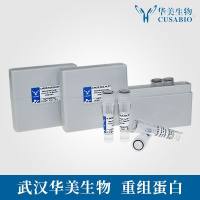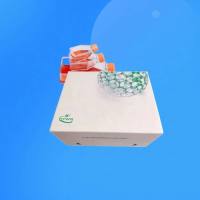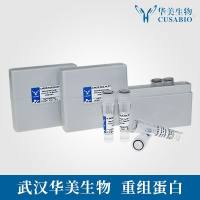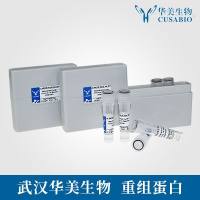Lung cancer is the leading cause of cancer death in the United States (1 ). Many tumors, including lung cancer, have the capacity to promote immune tolerance and escape host immune surveillance (2 ). Tumors utilize numerous pathways to inhibit immune responses including the elaboration of immune inhibitory cytokines. In addition to direct secretion of immunosuppressive cytokines, lung cancer cells may induce host cells to release immune inhibitors (3 –7 ). We have reported previously that human lung cancer cell-derived prostaglandin E2 (PGE2) can orchestrate an imbalance in the production of interleukins (IL)-10 and -12 in lymphocytes and macrophages (5 ). IL-10 and -12 are critical regulatory elements of cell-mediated antitumor immunity. While IL-10 inhibits important aspects of cell-mediated immunity, IL-12 induces type 1 cytokine production and effective antitumor cell-mediated responses (8 –12 ). IL-10 overproduction at the tumor site has been implicated in tumor-mediated immune suppression (13 ,14 ). In contrast, IL-12 is critical for effective antitumor immunity (15 ,16 ). In both tumor models and patients, the tumor-bearing state induces lymphocyte and macrophage IL-10 but inhibits macrophage IL-12 production (5 ,6 ,17 –19 ). Because PGE2 appears to be pivotal in the reciprocal regulation of IL-10 and IL-12 (20 ,21 ), we have sought to determine the pathways responsible for its high-level production at the tumor site.






